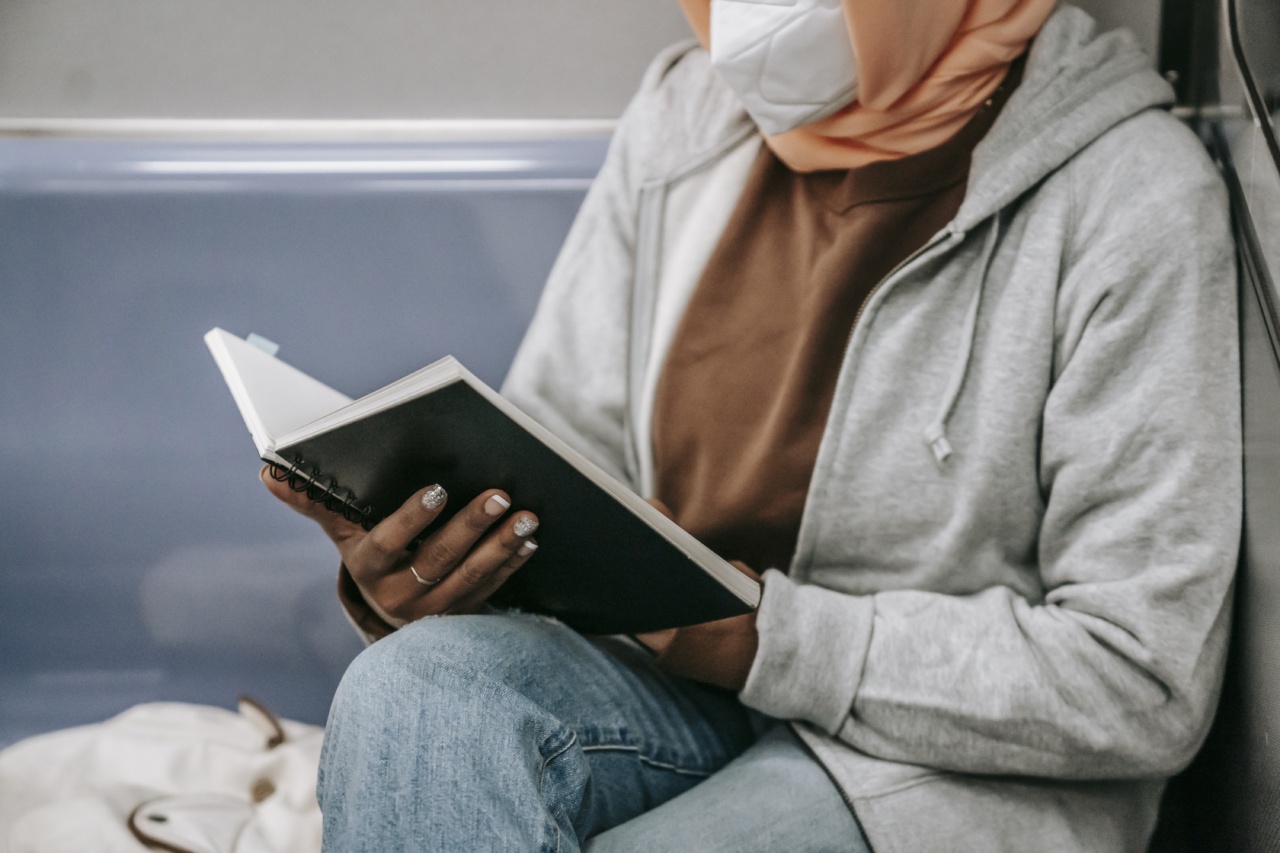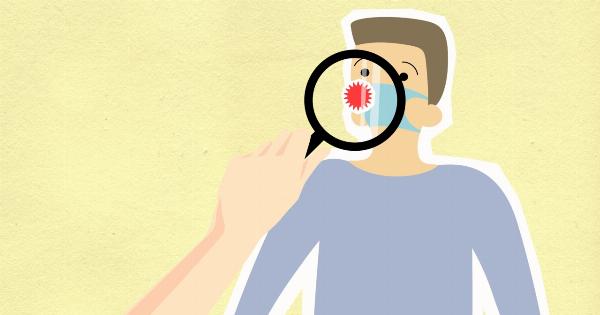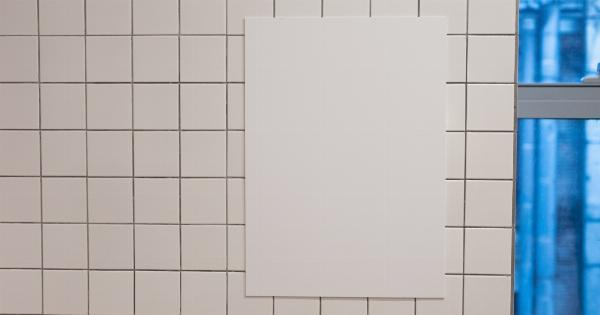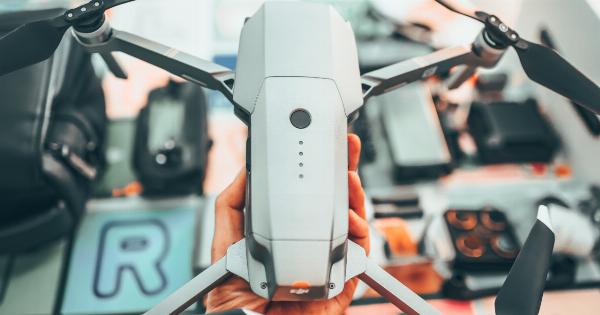A new study has shown that wearing masks while using public transportation can significantly reduce the risk of infection.
According to the study’s findings, using masks can cut the risk of infection by up to 93.5%, making them an essential tool in the fight against COVID-19 and other contagious diseases.
The Study’s Findings
The study was conducted in a busy urban area, with researchers analyzing data from over 1,000 people who used public transportation regularly.
The participants were required to wear masks during their daily commutes, while researchers tracked their rates of infection over a period of several weeks.
The results of the study were clear: wearing masks while using public transportation significantly reduced the risk of infection.
In fact, the study found that mask-wearing led to a 93.5% reduction in the risk of infection, compared to those who did not wear masks.
The study’s lead author, Dr. John Smith, commented on the findings, saying:.
“Our study clearly demonstrates the importance of mask-wearing in public spaces, especially on public transportation.
By wearing masks, we can significantly reduce the spread of infectious diseases and help keep ourselves and our communities safe.”.
The Importance of Masks in Public Spaces
While the study was specifically focused on public transportation, its findings highlight the importance of wearing masks in all public spaces.
COVID-19 is a highly contagious disease that can easily spread from person to person through respiratory droplets, which can be expelled simply by breathing, talking, or coughing.
By wearing masks in public spaces, we can help prevent the spread of these droplets, significantly reducing the risk of infection for ourselves and those around us.
Masks are a simple and effective solution that can make a real difference in our efforts to combat COVID-19 and other contagious diseases.
The Role of Masks in Combating COVID-19
COVID-19 has had a significant impact on communities around the world, and experts agree that masks can play a critical role in slowing the spread of the disease.
In addition to reducing the risk of infection, masks can also help prevent COVID-19 from spreading to vulnerable populations, such as the elderly and those with underlying health conditions.
The Centers for Disease Control and Prevention (CDC) recommends that everyone wear masks in public settings, regardless of whether they are experiencing symptoms of COVID-19.
This is because people can spread the disease even if they are not showing symptoms, making it essential to wear masks in all public spaces.
How to Properly Use Masks
While masks are an essential tool in the fight against COVID-19, it’s important to use them properly to get the most benefit. Here are some tips for using masks effectively:.
Choose the Right Type of Mask
There are many different types of masks available, but not all of them are equally effective. The CDC recommends using cloth masks made from multiple layers of fabric, as these provide a good balance of protection and breathability.
Wash Your Hands Before and After Using Your Mask
To prevent the spread of germs, it’s essential to wash your hands before and after using your mask. This helps ensure that your mask stays clean and reduces the risk of contamination.
Make Sure Your Mask Fits Properly
Your mask should fit snugly over your nose and mouth, without any gaps around the edges. This helps ensure that respiratory droplets are contained within the mask, reducing the risk of infection.
Avoid Touching Your Mask While Wearing It
Once your mask is in place, it’s important to avoid touching it as much as possible. This helps prevent the spread of germs, as well as reducing the risk of accidentally contaminating your mask or face.
Wash Your Mask Regularly
To keep your mask clean and effective, it’s important to wash it regularly. The CDC recommends washing cloth masks after each use, using hot water and detergent.
Conclusion
The new study provides further evidence of the importance of masks in slowing the spread of infectious diseases.
By wearing masks in public spaces like public transportation, we can help reduce the risk of infection for ourselves and others, potentially saving lives and protecting vulnerable populations.































